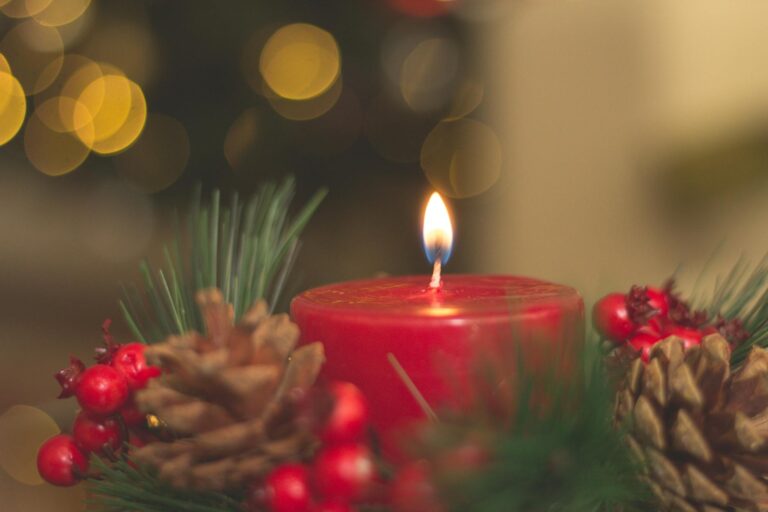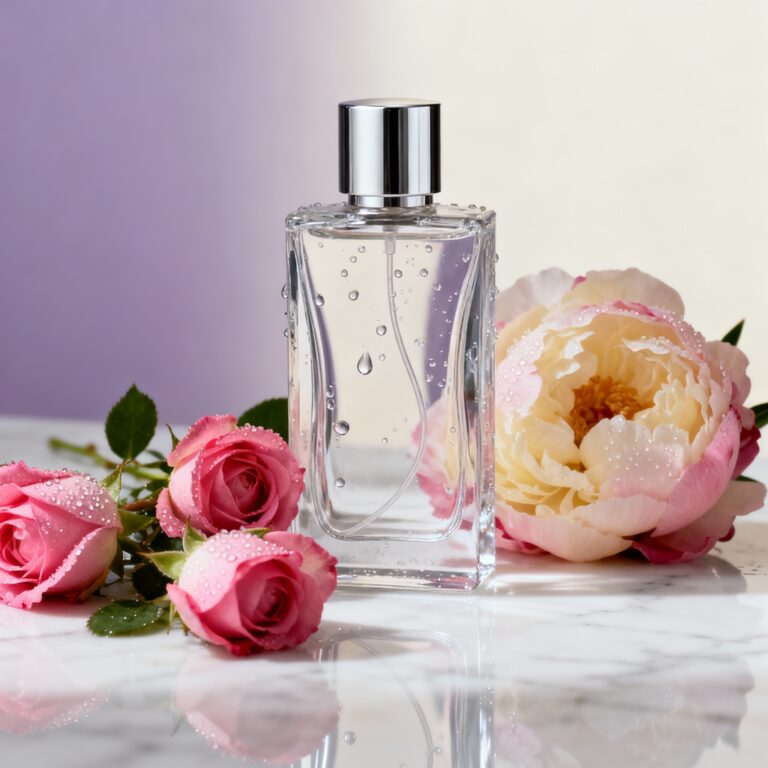MASTERING WINE SELECTION
DISCOVERING THE WORLD OF WINE AND FINDING YOUR PERFECT SIP
Wine selection can feel overwhelming when you’re standing in front of a wall of bottles. So many regions, so many grapes, so many labels with fancy words… and somehow you’re expected to pick the right bottle? It can feel like a guessing game, but it doesn’t have to.
Whether you’re just getting curious about wine or you’ve been sipping for years, finding a bottle you love is simpler than you think.

Wine talk can get intimidating fast with words like “tannins,” “terroir,” and “mouthfeel” thrown around as if everyone is supposed to know them. But here’s the real secret, the best wine is the one you enjoy.
- Prefer sweet over dry?
- Love bold, rich flavors?
- Want something crisp and refreshing?
- Want something for a date night?
Thinking about when and why you’re drinking can make picking a bottle feel less random. Different wines shine in different moments, so the right bottle for a quiet night in might not be the same one you’d bring to a wedding toast.
In my own experience, I used to struggle with choosing the right wine. I would stand in the store staring at endless bottles, unsure which one to grab. It always felt like a guessing game, and I often ended up picking something at random. Over time, I realized the problem wasn’t just the overwhelming choices it was that I didn’t understand how different wines suit different moments. A bold red feels perfect for a cozy dinner, while a light, bubbly option fits a celebration. Once I started thinking about when and why I was drinking, it became easier to match the right bottle to the right occasion.
Understanding Wine Basics
Starting your wine selection journey means understanding some fundamental categories. Red wines like Cabernet Sauvignon and Pinot Noir offer rich, complex flavors perfect for hearty meals. White wines such as Chardonnay and Sauvignon Blanc bring brightness and acidity that pair beautifully with lighter dishes. Rosé offers a refreshing middle ground, while sparkling wines add celebration to any moment.
Price doesn’t always equal quality in wine selection. You can find excellent bottles at every price point. Focus on reputable wine regions and trusted producers. According to Wine Enthusiast, many wines under $20 offer exceptional value and flavor profiles that rival more expensive options.
How to Read Wine Labels
Wine labels contain valuable information for your selection process. The region tells you about climate and growing conditions. Vintage indicates the harvest year, which affects flavor and quality. Alcohol content gives clues about body and intensity. Learning to decode these details helps you make informed wine selection decisions every time you shop.
The grape variety or blend is usually prominently displayed. Old World wines (from Europe) often emphasize region over grape, while New World wines typically highlight the varietal. Understanding this distinction helps you navigate different sections of the wine store with confidence.
Pairing Wine with Food
Successful wine selection often depends on what you’re eating. Rich, fatty foods pair well with bold reds that can cut through the richness. Acidic dishes call for wines with good acidity. Spicy foods work best with slightly sweet wines that cool the heat. According to Wine Folly, matching the weight of the wine to the weight of the food creates harmonious pairings.
Start Your Wine Selection Adventure
The best way to improve your wine selection skills is through experience. Visit local wine shops and ask for recommendations. Attend tastings when possible. Keep notes on wines you enjoy so you can remember what worked. Your personal taste matters more than any expert opinion, so trust your palate and explore with confidence.








